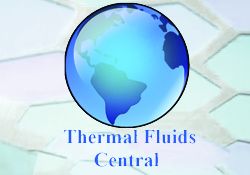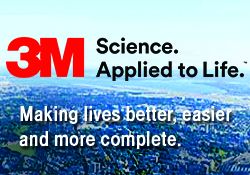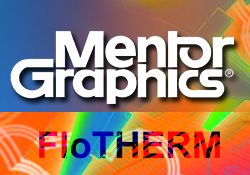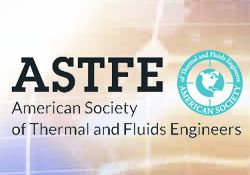Featured
-
Researchers developing new eco-friendly manufacturing process for sustainable electronics
Researchers from Simon Fraser University (SFU) in British Columbia, Canada and the Swiss Federal Laboratories for Materials Science and Technology (Empa) in Dubendorf, Switzerland are collaborating on a new environmentally-friendly, 3-D printing process that uses wood-derived cellulose material instead of plastics to build wireless sensors. details>> -
Researchers combine laser-induced graphene with other materials to form composites
Researchers from Rice University (Houston, Texas) and Ben Gurion University (Negev, Israel) continued their study of laser-induced graphene (LIG) by combining the flaky foam with plastic, rubber, cement, wax, and other materials to create composites with unique properties. details>> -
Researchers make breakthrough in building high-quality, high-volume, and low-cost nanochips
A team of researchers led by engineers from the New York University (NYU) Tandon School of Engineering (Brooklyn, N.Y.) demonstrated that thermal scanning probe lithography (t-SPL), which requires a probe heated above 100 degrees Celsius, was better than standard methods for building metal electrodes on 2-D semiconductors, including molybdenum disulfide (MoS2). details>> -
Faster, smaller, and more energy-efficient modulator could be breakthrough for 5G communications
Researchers from the City University of Hong Kong (CityU), Harvard University (Cambridge, Mass.), and Nokia Bell Labs developed a tiny on-chip lithium niobate modulator that provides faster data transmission and lower cost, which they believe will be useful as 5G communications develop. details>> -
Researchers develop greater understanding of electrical conductivity in organic semiconductors
Researchers from the Dresden (Germany) Integrated Center for Applied Physics and Photonic Materials (IAPP) and the Center for Advancing Electronics Dresden (cfaed) at TU Dresden, along with Stanford University (Palo Alto, Calif.) and the Institute for Molecular Science (Okazaki, Japan), identified the parameters that influence electrical conductivity in doped organic semiconductors. details>> -
Tweaking component ratios creates electrically-different layers for transparent transistors
Researchers at the King Abdullah University of Science and Technology (KAUST) in Thuwal, Saudi Arabia created transparent thin-film transistors from a single hafnium-zinc oxide (HZO) composite by altering the ratio of metal oxides in each of the transistor layers. details>> -
New fabrication technique for 2-D crystalline materials could boost next-gen flexible electronics
Researchers from the University of Exeter (U.K.) created a new technique for creating van der Waals heterostructures with high-K dielectrics from two-dimensional materials, such as graphene, and with enhanced voltage scaling that would meet the needs of next-generation flexible electronics. details>> -
New computational algorithm seeks to reduce electromagnetic noise in electronic circuits
Researchers at Osaka University (Japan) developed a new computational algorithm that uses electromagnetic (EM) studies and circuit theory to calculate electromagnetic noise in electronic circuits, according to a report from the school. details>> -
Researchers create new map to determine materials with negative thermal expansion
Researchers at Cornell University (Ithaca, N.Y.) studied the perovskite lead titanate (PbTiO3) and determined that the commonly-held rules for understanding materials with negative thermal expansion (NTE), which expand when cooled, do not apply to all and that a new map for these materials was needed. details>> -
Scientists theorize that clever timing for computers can reduce heat below Landauer limit
In the 1960s, Rolf Landauer described a theoretical lower limit for the amount of energy required to erase one bit of information (from the 1 state to the 0 state), but University of Twente scientist Jan Klaers has proposed that synchronizing computer operation and temperature to reduce the energy below the limit that Landauer devised. details>>














